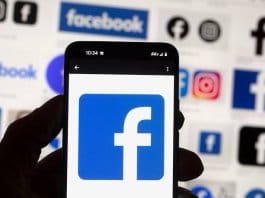Twitter has removed its blue verification checkmarks from user accounts, including those of high-profile figures such as Donald Trump, Oprah Winfrey, and the Pope. The new verification marks will only be available to paid users, businesses, government entities, and officials. The previous blue-check system had around 300,000 verified users, including journalists, athletes, and public figures. Twitter initiated the practice of labeling profiles with a blue checkmark 14 years ago to safeguard public figures from impersonation and to limit the spread of misinformation emanating from fake accounts.
Twitter CEO Elon Musk pledged to abolish the “lords and peasants” system and sell the blue badge for $8 a month. Musk described the move as a means to “democratize journalism and empower the voice of the people.” To maintain the marks, expenses vary from $8 per month for individual web users to a minimum of $1,000 per month to authenticate an organization, in addition to a monthly fee of $50 for each affiliate or employee account.
Unlike the prior blue check, which was dispensed during Twitter’s pre-Musk administration, individual accounts are not verified by Twitter. Twitter has recently faced criticism from various news organizations objecting to labels on their accounts indicating they were “state affiliated” or “government funded.” Public radio Sveriges Radio said it would stop tweeting following the footsteps of NPR and CBC. Musk’s ownership of Twitter has sparked widespread debate, with some advertisers leaving the platform, and users complaining of misinformation.














